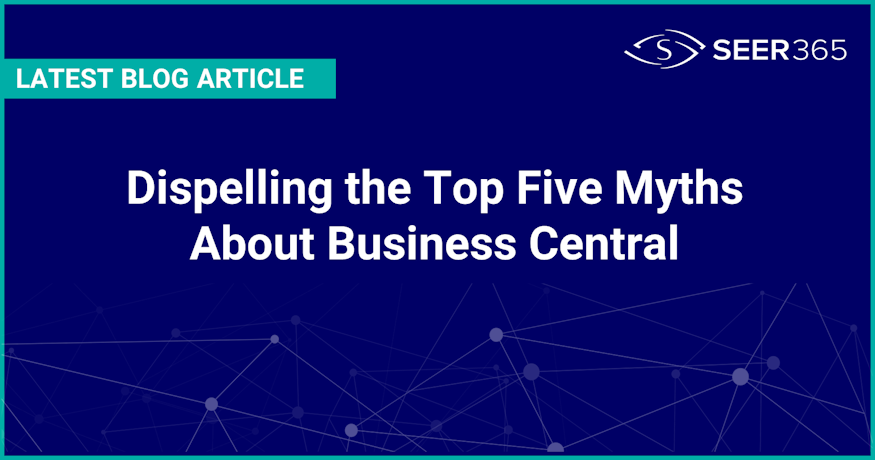Quarterly Updates in Microsoft Dynamics FSCM: Risk, Reward, and the Path to ROI with AI Agents

Quarterly updates to Microsoft Dynamics 365 Finance & Supply Chain Management (FSCM) are both a blessing and a burden. On one hand, they deliver innovation, security, and compliance. On the other, they introduce operational risk, testing overhead, and change fatigue. The key to turning these updates into a competitive advantage lies in reframing them not as disruptions to endure, but as opportunities to adopt the new AI Agents Microsoft is rolling out across 2025.
At Pelorus Technology, we help organizations navigate this balance through our Strategic Risk Assessment and Alignment Launchpad. This structured service uses modern AI analysis tools to map your actual usage patterns against the risks and rewards of each quarterly release.
The Risks of Quarterly Updates
Microsoft enforces a predictable quarterly cadence for Dynamics FSCM. While this ensures systems stay current, it also creates challenges:
- Operational disruption: Updates can alter workflows or dependencies, forcing retraining and revalidation.
- Feature overload: Each release introduces dozens of features, but most organizations only adopt a fraction.
- Testing pressure: Customizations and integrations must be retested every quarter to avoid downtime.
- Change fatigue: End users can become frustrated if updates feel constant without clear business value.
Skipping updates is not an option. But treating them as a compliance exercise leaves ROI untapped.
The Opportunity: AI Agents in 2025
Microsoft’s 2025 Release Wave 2 introduces a new generation of AI Agents and Copilot capabilities across Finance and Supply Chain workflows (Microsoft Learn, VBeyond Digital, Simply Dynamics). These agents are not incremental features. They represent a shift toward autonomous, proactive systems that can:
- Automate repetitive tasks like invoice matching, demand forecasting, and vendor communications.
- Surface insights in real time, reducing the lag between data and decision.
- Flag risks such as supply chain delays before they cascade.
- Integrate with Power Platform for custom agent creation, aligning AI with unique business processes.
When organizations align update readiness with AI adoption, they move from reactive maintenance to strategic enablement.
Pelorus Technology’s Strategic Risk Assessment and Alignment Launchpad
This is where our Strategic Risk Assessment and Alignment Launchpad comes in. We help clients:
- Define the risk landscape using AI-driven analysis to discover how teams actually use Dynamics FSCM today.
- Map usage to update impact by comparing patterns against Microsoft’s quarterly release notes to identify where risks are highest.
- Highlight reward opportunities by pinpointing which AI Agents and features can deliver measurable ROI.
- Prioritize adoption with a roadmap that balances risk mitigation with value capture.
- Enable continuous alignment by refreshing the analysis each quarter, ensuring your people and products stay in sync with Microsoft’s innovation cycle.
This approach transforms quarterly updates from a compliance burden into a
repeatable ROI engine.
Turning Risk into ROI
To maximize value, organizations should:
- Establish an update playbook with roles, testing protocols, and communication plans.
- Prioritize AI features that directly impact revenue, cost savings, or risk reduction.
- Pilot, then scale, to validate ROI before enterprise rollout.
- Measure outcomes such as cycle time reduction, forecast accuracy, and adoption.
- Close the loop by feeding learnings back into the next update cycle.
Bottom line: Quarterly updates to Dynamics FSCM will always carry risk. But with the right framework, they can also unlock unprecedented ROI. By combining Microsoft’s AI Agents with Pelorus Technology’s Strategic Risk Assessment and Alignment Launchpad, you can turn disruption into differentiation and compliance into competitive advantage.
👉 Join us on November 14th for our webinar on AI Readiness in ERP to learn how to prepare your organization for this next wave of transformation.
Contact us today at Pelorus Technology to elevate your business operations with our expert Microsoft Dynamics 365 solutions and Services. As a Global Microsoft Partner, we are committed to streamlining your processes and delivering top-tier services tailored to your needs. Let’s get started on your transformation journey!









